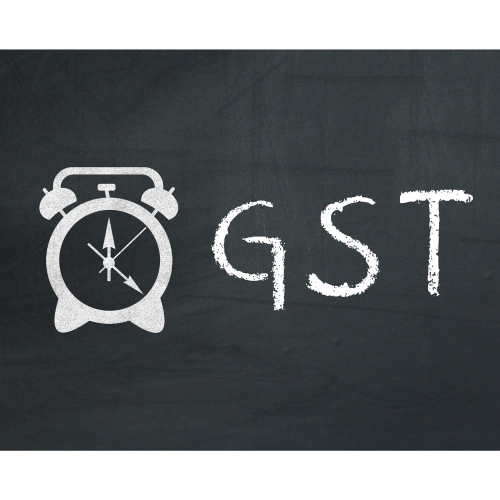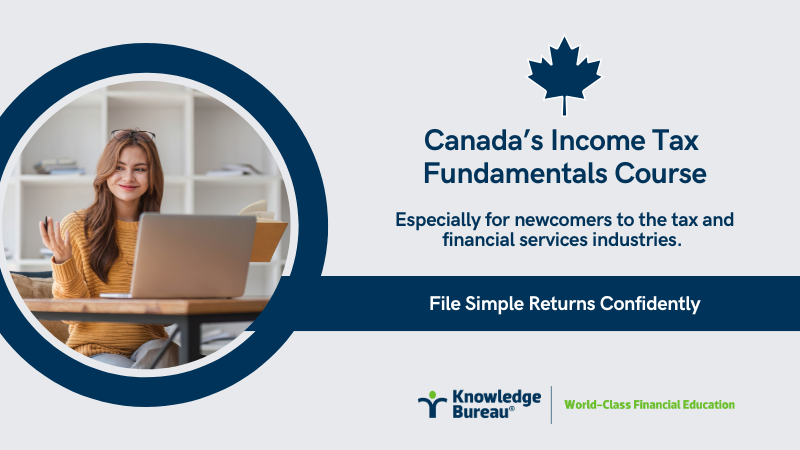Last updated: February 12 2025
GST Holiday Ends This Week: Lost Aversion Kicks In

Geoff Currier
The GST holiday which began in December comes to an end on February 15th and the fallout for consumers and businesses could linger for longer than the two month exemption itself. Announced by the Prime Minister and then Finance Minister on November 21st, the end of the break will mean Canadians must once again pay more for common children’s items in particular. Further, businesses will gain incur costs to reprogram point-of-sales and accounting systems.
The Exemptions: Most prepared meals at restaurants, takeout spots, lunch counters, food trucks, coffee shops or concession stands as well as most groceries and prepared meals and food from catering services. The most important items that will now cost more include:
- Diapers, children’s clothing, car seats and booster seats.
- Children’s and baby clothing, including footwear.
- Newspapers and books, including audiobooks
- Toys for children 14 and under, including video game consoles
The Impact: According to the CFIB only 5% of businesses saw an increase in sales, while most paid $1000 or more to change their systems over to accommodate the short term tax  change.
change.
For consumers, the impact of this tax holiday depends on where you live. Ontario, Newfoundland and Labrador, Nova Scotia, New Brunswick and Prince Edward Island work with the HST. Residents of those provinces will not pay the HST on the items listed above so they received a larger break than other provinces.
Did It Work? Some retailers across Canada reported an early uptick in activity but it cooled off quickly. Moneris says that year over year spending for the same period declined by 4% with the transaction count down by 1% and the transaction size down by 3%.
Even those jurisdictions which also removed the PST saw a decline in spending. In Ontario, total spending dropped by 8% year over year for the same period, as per Moneris figures. Data for the second month and the final tally are not yet available.
The Cost: The loss of both GST and HST revenue was costly to both federal and provincial governments. The estimated loss of cash in federal coffers was initially about $1.6 billion but the Parliamentary Budget Officer thinks the figure may be closer to $2.7 billion. The lost revenue will be added to Canada's already unmanageable debt of $1.4 trillion. The interest cost on that debt is now a staggering $54 billion for 2024-25.
Business Reaction: While the CFIB reported a boost in sales in some areas, it also points out that the cost incurred by having to change their point of sale programming plus administrative costs was around $1,000 per business. It is now calling for government to provide a GST/HST tax credit to help defray those costs.
Overall, reaction from the more than 100,000 small and medium businesses who are CFIB members was mixed. Some have also expressed concern about possible CRA audits this year. They are worried that they may have charged GST on exempt items or did not charge on non exempt items. It will be critical for you to work closely with your business clients to ensure they have all of the correct information as they file their taxes for 2024 and for the 2025 tax year as well.
Restaurants initially fared better but the figures vary depending on the source. Restaurants Canada reported that sales increased by 18% in the first two weeks of the holiday while Moneris research points in the opposite direction, claiming a drop of 6% over the first month.
Regardless of the available figures, both Restaurants Canada and the CFIB are calling for the holiday to be made permanent.
A Different Idea: Granting consumers a break at the till is good optics but of greater benefit to their households would be a break on the GST on heating bills. Canadians may not pay as close attention to this line item, but heating bills soar during our long winters and the GST is charged on those bills.
Planning for The Unclear Future: Other factors are at play. One is that the higher our taxes, the more difficult it becomes to attract both foreign and domestic investment. With an already sluggish economy Canadians are looking at a sizable increase in the carbon tax this spring. (an estimated 14.2 cents per litre at the pump)
There is uncertainty surrounding tariffs being imposed by U.S. President Trump. A trade war with our largest trading partner will have a major impact on our economy.
It’s also unknown how much longer the Liberal minority government will last. If the government falls and an election is called, all policies are in place until after a new government is formed.
The Behavior Finance – Addressing Loss Aversion: According to a Nanos/CTV poll held after Christmas, most people didn’t think the tax break affected them positively and 60% of Canadians said it won’t sway them to vote Liberal in the upcoming election either.
Worse, the loss aversion may be even more painful for the economy. This is a phenomenon in which people tend to experience the pain of losing something more intensely than the pleasure of gaining something of equal value. In behaviorial finance terms, this leads people to prioritize avoiding losses in a time of uncertainty. Will financial decision-making, in other words, become skewed as prices go up again and continued economic uncertainty plays out in the news?
The Work of Advisors. Tax and financial advisors may wish to open discussions with clients about the loss aversion they may be feeling against this unprecedented backdrop, and guide any extra money available into sound investments like the TFSA or RRSP as a sage “safety net” .
Note: Daniel Kahneman and Amos Tversky developed the "Prospect Theory" to explain how people make decisions under uncertainty. Loss aversion is a central element.
